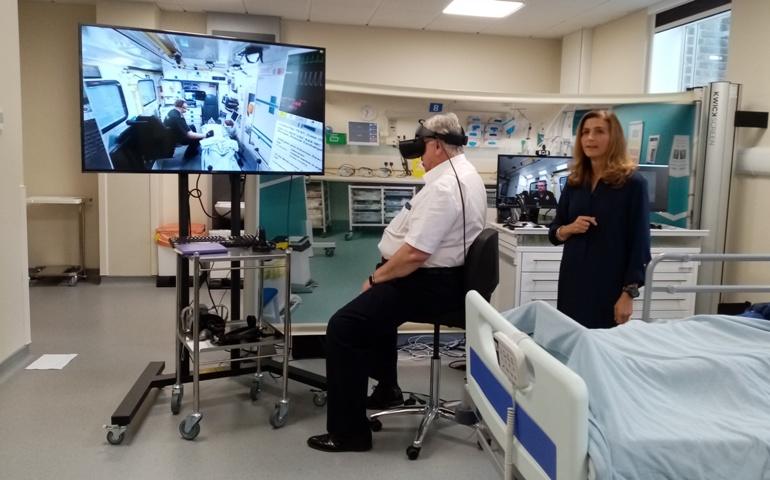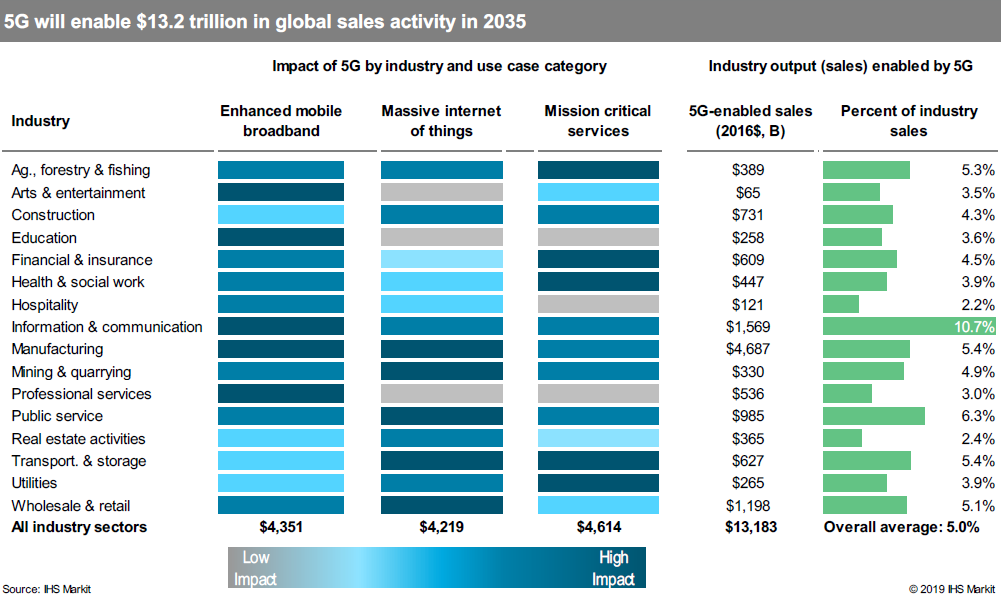Winning the 5G Prize
Because 5G is the next big thing in mobile technology, we’ve been obsessed with winning the race to 5G deployment for some time now. This post breaks down the status of various countries and regions to 5G deployment and also breaks down the elements of 5G to shed light its overall value.
As is the case with all new technologies, there’s been a lot of hype around 5G, some of it on point and some of it not. This has led a number of commenters to bemoan the over-hype, but that’s a tiresome trope.
All new technologies are over-hyped in some respects and under-hyped in others. This is because we can’t really appreciate what a new network is good for until we see the applications.
If I had said at the dawn of 4G LTE that it would enable innovators to create Airbnb, Uber, and the medical and airline apps you wouldn’t have known what I was talking about. This where we are with 5G, but we have some clues.
Apps Come From Matching Unmet Needs with New Capabilities
It’s hard to tease out our unmet application needs because we’ve learned to live with them. People with spare rooms didn’t give much thought to making money from them unless they were willing to take on a roommate or two, but that’s a big commitment.
We didn’t think of making them available for short-term rental because there wasn’t a good way to reach potential customers who lived out of town before Airbnb unless it was something like Craigslist. By establishing itself as the marketplace for such transactions Airbnb solved a problem nobody knew they had.
One clue for 5G apps is the matching of real-time video with a network capable of carrying it from fast moving vehicles. A number of applications are being tested that use 5G to connect ambulances to hospital emergency rooms.
The Connected Ambulance Becomes a Hospital on Wheels.
One of the coolest 5G apps connects a sonogram scanner, an AR headset, and other diagnostics in phones and ambulances to emergency room doctors. These systems are operational in Korea and are undergoing testing in Thailand and the UK.
5G also improves the safety and accuracy of self-driving cars and collision-avoidance systems. When you have a network with the capability of reliably connecting tw0-way video to mobile devices with minimal latency, the sky’s the limit.
Systems like this are also being developed to improve policing, education, and defense. China has used 5G hospital systems for diagnosis and treatment of COVID-19 since January.
5G and the Economy
One analyst, IHS, predicts that 5G will enable $13.2T in sales across the global economy in 2035 while accounting for about 5% of all global real output. 5G enables mobile networks to become “general purpose technologies” for the first time, cementing an essential role in the economy.
This is a big deal, impacting everything from semiconductors, networks, and devices to virtually all of the goods and services we consume. In its own right, 5G is expected to add $3.6 trillion in output and 22.3 million jobs to the global economy by 2035.
Winners and Losers
Starting from the ground and moving upward, the US is in good position to profit from 5G silicon as we’re home to Qualcomm and Broadcom, suppliers of most of the radios in 5G devices. The US is and will remain a major operator of 5G networks as we’re the current leader in 5G deployment and will probably continue to lead for a very long time.
The US is also the leader in 5G devices, thanks to the dominant positions of Google and Apple in the consumer marketplace. As US companies have built the dominant applications for 4G/LTE networks, we have a head start on 5G application development as well.
The US is decidedly not a major player in 5G infrastructure equipment, a market controlled by Chinese companies Huawei and ZTE, European players Nokia and Ericsson, and Samsung. 5G infrastructure is shifting from the closed box model (in which the equipment vendor integrates proprietary hardware and software) to an open source software, off-the-shelf hardware model called Open Radio Access Network (O-RAN).
The US Leads 5G Deployment
Mid-band spectrum – from 2 GHz to 6 GHz – is the sweet spot for 5G. This spectrum is generally available in wide swathes that enable high throughput as well as reasonable coverage.
Low-band spectrum – traditionally used for cellular – provides coverage but limited performance. High band, millimeter wave (mmWave) spectrum provides data rates greater than 10 Gbps over distances of a few hundred feet, as long as it doesn’t encounter walls, foliage, or too many cars.
The US is well stocked in the low and high bands, but we’re not doing as well with the mid-band as many other countries are. This is largely due to our defense establishment’s exceptional appetite for spectrum.
A mid-band auction is coming later this year unless the pandemic somehow gets in the way, and we’re going to see how well commercial carriers can share other mid-band channels with the Department of Defense. But at the moment, we’re doing well.
Deployment Data
Ookla, the company that runs the Speedtest system that measures broadband speeds around the world, also maps 5G rollouts by city. The data can be explored with a nice interactive tool that allows you to zoom into areas of interest.
Assuming this map is accurate, the US has 5G operational in 5,000 combinations of carrier x city, far more than the nearest competitors Japan and the United Kingdom. Accurate data from China is hard to come by, but it looks like the PRC has some catching up to do.
Barriers to the Rollout
While the US is in a comfortable international position with this amazing new technology at the moment, we could run into problems down the road. Some possible pitfalls include:
- The mid-band auction may be further delayed
- Spectrum sharing between government and the commercial sector may not work well at scale
- The ORAN devices may take longer than anticipate to work well
- State and local governments may put up financial obstacles to permitting small cells
Most of these potential hazards are simply logical possibilities, unlikely to materialize. But the state and local issue is real and in need to correction. I’ll explain why in the next installment.




